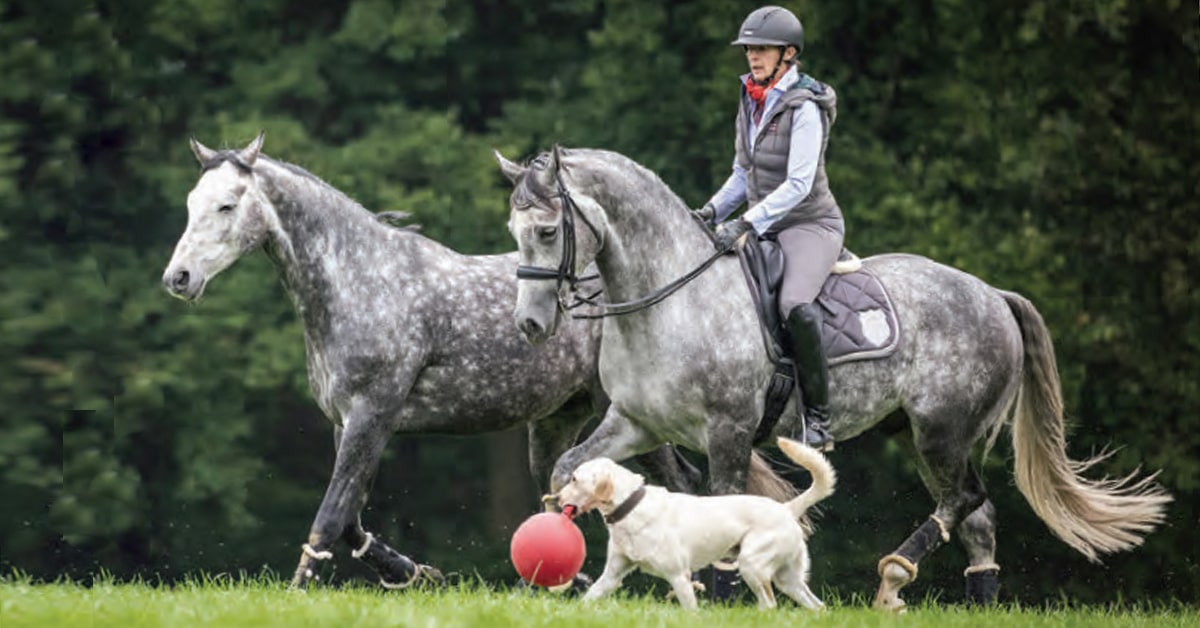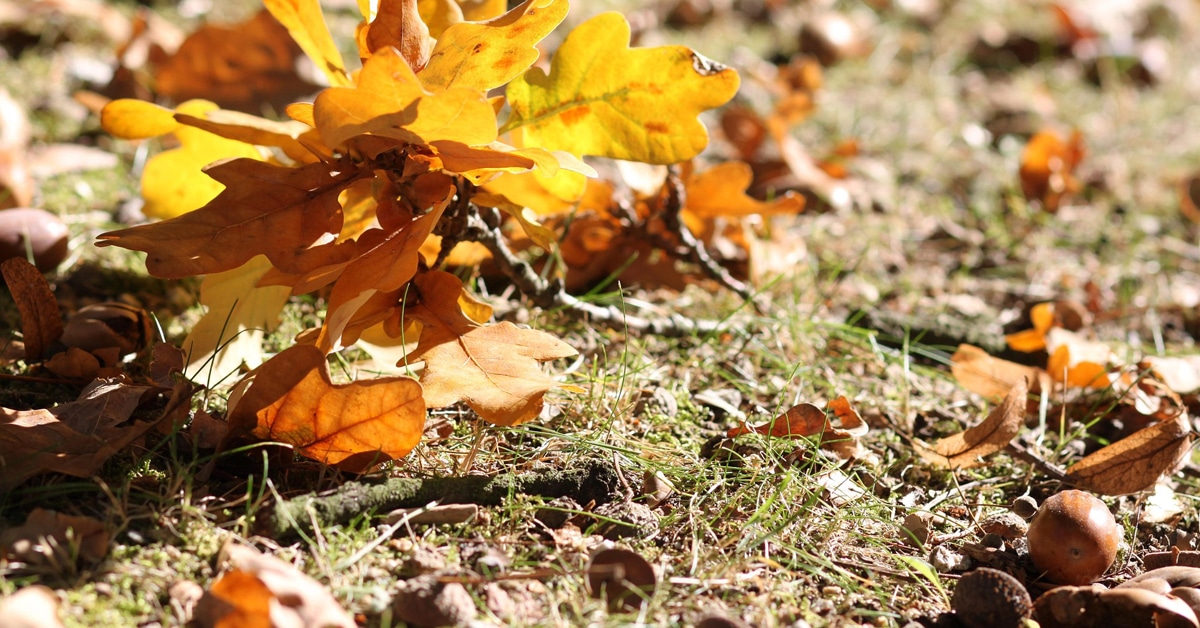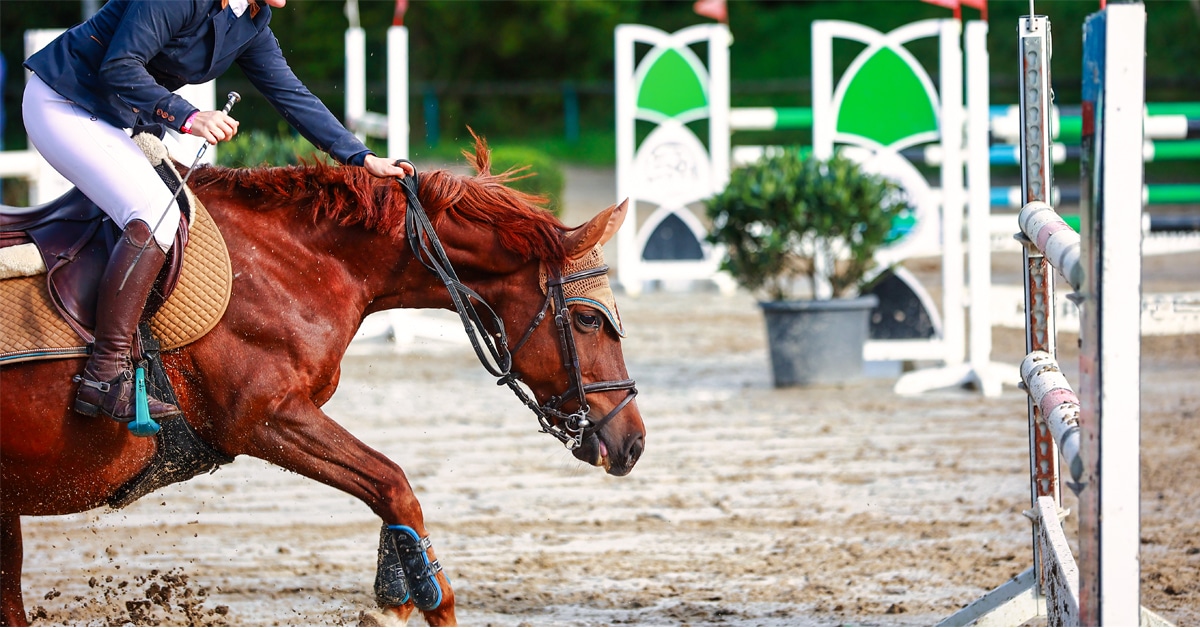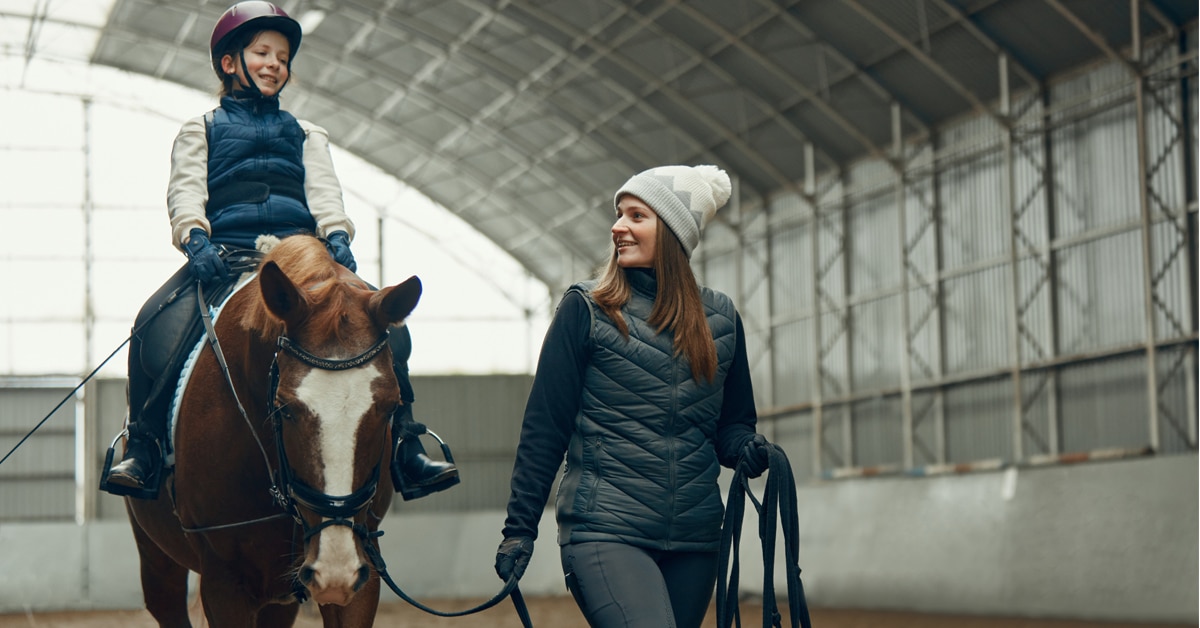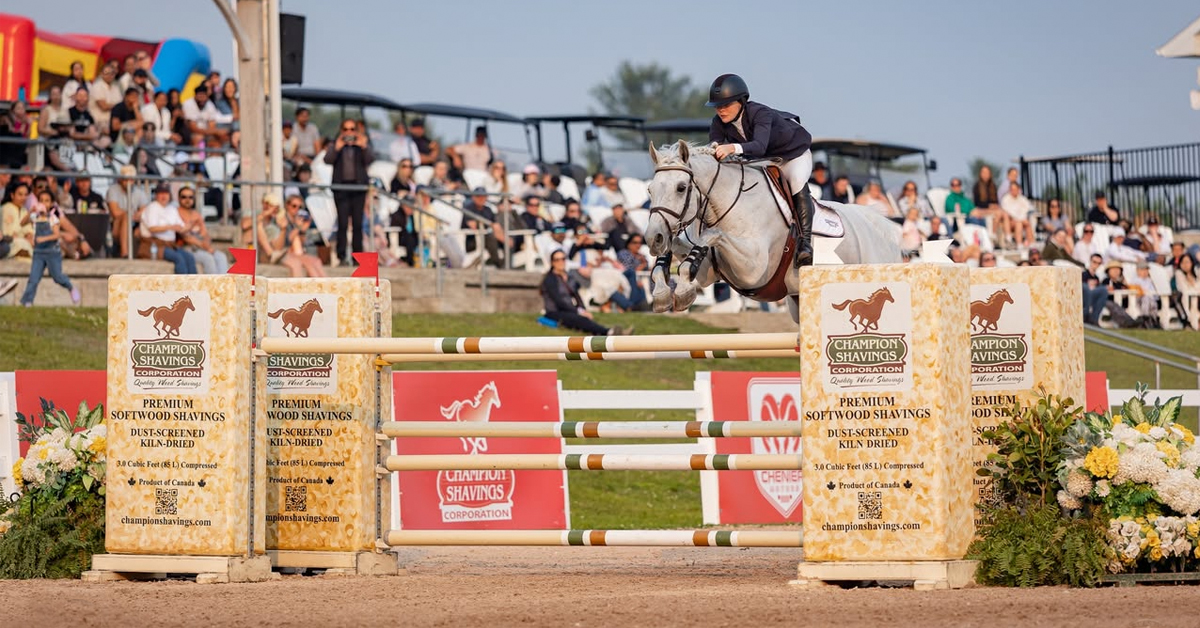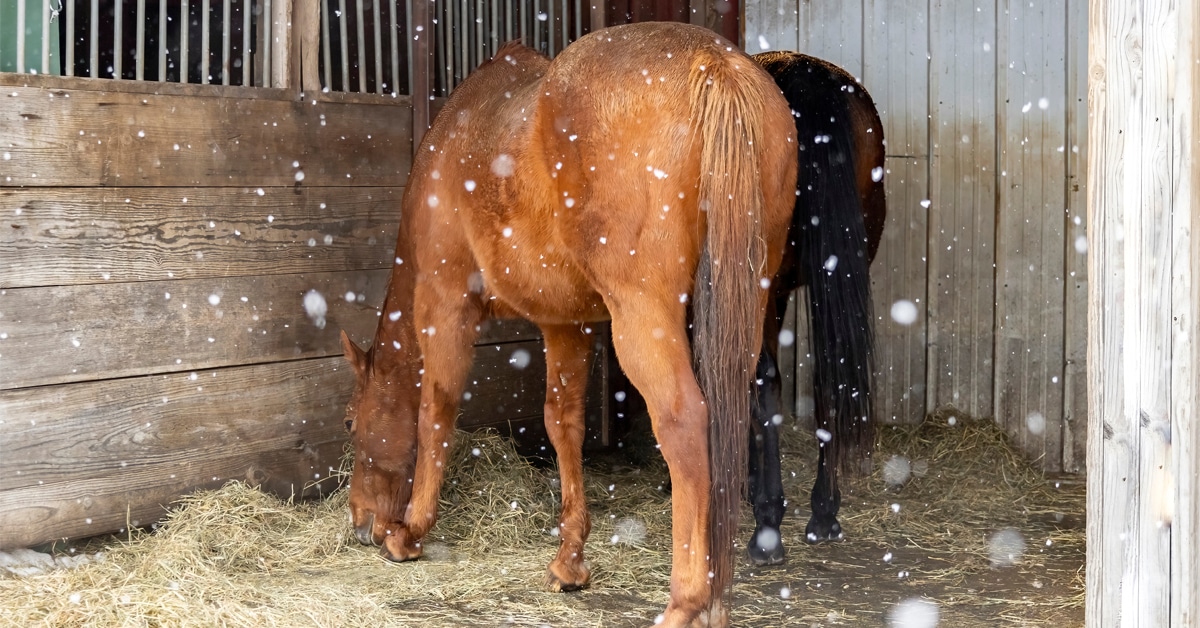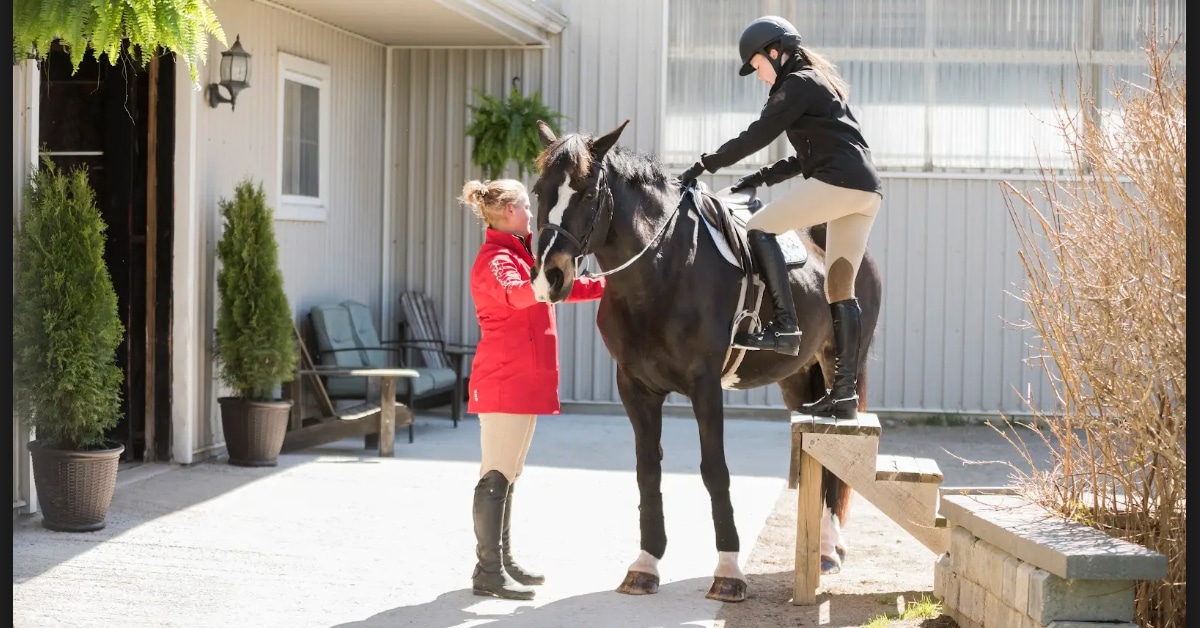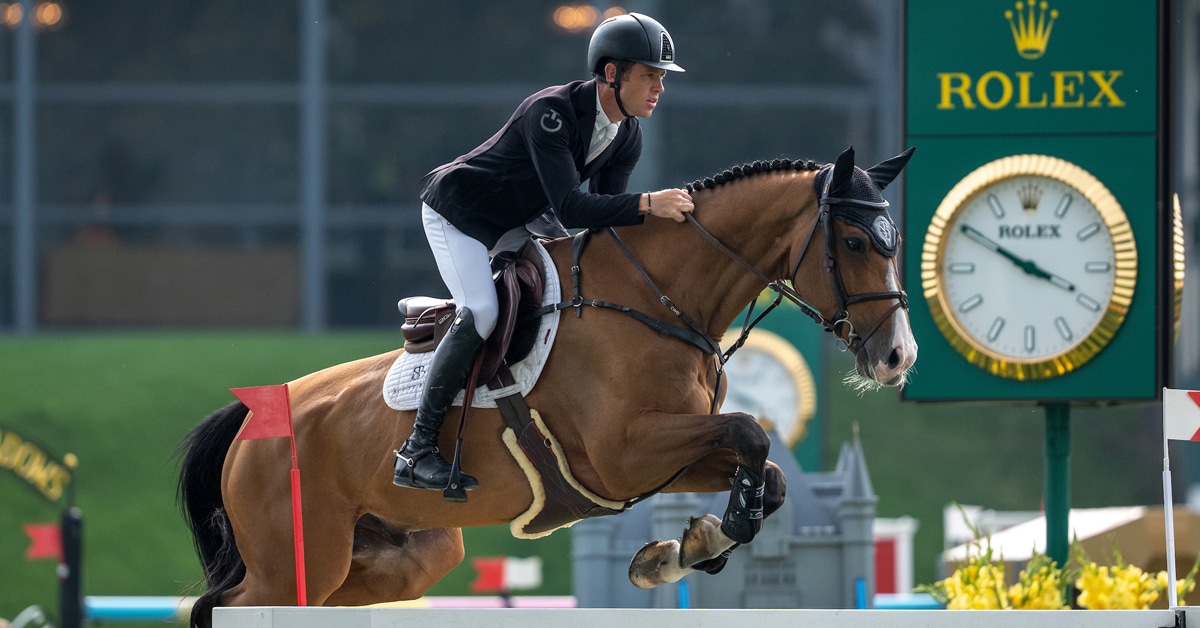Over the past decade, crib-biting [or cribbing] has received much attention by researchers, usually working at vet schools and universities. However, the results of this work seldom leaves the pages of academic and veterinary journals. The aim of this article is to take the most interesting and useful aspects of this research and deliver it in such a way that it can contribute positively to the everyday management of crib-biting horses and ponies. In addition, my role as a lecturer and researcher has led to me into the company of many hundreds of horse owners, and it gives me great pleasure to share the fruits of over 20 years of conversations which adds balance and real life perspective to what we’re finding in the lab.
Management advice from equine neuroscience
All behaviour, including crib-biting, is controlled by the super computer known as the brain. In 2018, researchers from the Royal Agricultural University and Aberystwyth University revealed some fundamental brain-based differences between crib-biters and ‘normal’ horses. The differences were discovered within two interlinked brain structures which control feelings of pleasure and motivation.
The Nucleus Accumbens and Ventral Tegmental Area (see figure 1) are naturally activated by the body’s own pain-killing and pleasure hormones known collectively as the endorphins. Crib-biters possess over double the number of endorphin binding sites (opioid receptors), making the pleasure and motive circuitry hyper-sensitive and much easier to activate than would be the case for the non-cribbing horse.
In fact, in this sensitised state, the grasping behaviour associated with crib-biting, that may have originally been directed at finding food, is likely to activate the pleasure circuitry in the same manner as food itself. This explains why crib-biting is so difficult to stop once the behaviour has become part of the horse’s daily routine.
In effect, we are looking at a type of addiction. And in the same way that humans use pleasurable and addictive items such as alcohol and nicotine in stressful situations, it is highly likely that crib-biting helps the horse to cope with the stress often associated with daily management regimes. Therefore, the common practice of physical prevention with cribbing straps or electrified stable doors could be interfering with a valuable stress coping tool.
It is worth mentioning at this stage that stress seldom contributes positively to training and competition performance. My advice, based upon our recent research findings and similar findings from other laboratories, is to not physically prevent, and instead consider alterations to that animal’s management regime, as will be discussed below.
Feeding the habit?
The opioid receptors mentioned earlier display particularly high levels of activation during feeding, particularly when the horse is eating a highly palatable concentrate feed. This is why the very highest levels of cribbing are observed just after a feed. In fact, if you are viewing a horse prior to purchase, a small quantity of highly palatable feed will soon reveal crib-biting behaviour. This trick can be particularly useful at horse sales where the new environment can bring about a temporary cessation in cribbing behaviour.
It is worthy of consideration that the horse’s digestive system has evolved over 50 million years to work best when fed an ad-lib high forage diet that is low in highly available carbohydrates such as starch. In fact cribbing levels in any horse can be significantly lowered if a diet naturally high in forage is provided – give it a go you will not be disappointed. Furthermore, there are some excellent bagged feeds out there now which feature highly digestible fibre and low levels of starch. This approach will reduce the need for physical prevention.
What causes the changes within the brain and can they be reversed?
We don’t know for sure, although work conducted in rodents suggests that the changes to the nucleus accumbens and ventral tegmental area are brought about by two factors, both of which must be in place for the alterations to occur. These are stressful life events and genetic pre-disposition.
Crib-biting often develops at the time of weaning, or after a prolonged period of box-rest, as both of these can be highly stressful to any horse. However, in a yard of 50 weanlings with identical management regimes, only five will ever become crib-biters, suggesting that the horse’s genetic makeup also determines whether or not crib-biting will develop.
At present, we do not have a genetic test to identify predisposed horses, but lessons learned from rodents suggest that a proactive coping style (always moving, always vigilant) goes hand-in-hand with genetic predisposition towards brain alteration and stereotypy development. And from conversations with owners, this appears to be very much the case in the horse.
Therefore my advice is as follows – if you identify youngsters that are particularly highly strung or hyper-vigilant, seriously consider adjusting your management regime to provide prolonged turnout and ad-lib forage to reduce the levels of stress. The bad news is, from the rodent research it is very likely that the brain changes are irreversible and so we must do our best to prevent them happening in the first place by following the principles of stress-free management.
Gut health and ulcers
Many horse owners and researchers still link crib-biting to gastric ulcers, and go on to suggest that crib-biting may be a strategy to alleviate stomach pain. However, recent research by Dr. Simon Daniels has suggested that a direct link may in fact not exist. Instead, in his paper published in 2019, the findings strongly suggest that both crib-biting and ulcers merely share a causal agent, and that causal agent is stress.
In support of this idea, crib-biters who also have ulcers remain crib-biters long after the ulcers have healed. Thus there does not appear to be a direct link.
So both crib-biting and gastric ulcers are caused by stress. Alleviating the stress will help the ulcers, but sadly due to the addictive nature of crib-biting and the long term nature of the brain changes, crib-biting will inevitably continue.
Busting the copying myth
It is common for crib-biters to be turned away from livery yards, or if allowed access they will be isolated away from visual contact with other horses. This is due to the copying myth – that crib-biters will ‘teach’ non-cribbing neighbours this unwanted behaviour.
In truth, there has been very little scientific research directed at this topic. But what little work has been completed suggests that stereotypic behaviours including crib-biting are not copied in this manner. In fact, if we consider stress and genetic predisposition as causal factors, it is very unlikely that copying will play a part.
Instead, if there is an unusually high proportion of cribbers in adjoining stables it is almost certainly due to shared stressors or shared genetics. Therefore, at risk of sounding repetitive (or even stereotypic!) the priority should lie in the reduction of stress.
Crib-Biting- Time for a rethink?
In 2015 we published a study looking into learning differences between crib-biting, weaving and stereotypy free controls. What we found surprised us a lot. Both the cribbers and weavers learned a simple button-pressing behaviour much quicker than the non-stereotypy equivalents.
This finding has been conveyed to horse owners at conferences and seminars and whilst pressing a button might not equate to the real life training scenario, I’ve had about five years to ask owners and trainers what they really think. At least 90 % of the people spoken to find that crib-biters are fast learners and fast thinkers who do their jobs very well. Therefore this supports our 2015 findings.
So, I would suggest that it might be time for a rethink. Rather than an unsightly, unwanted ‘vice’, crib-biting seems to go hand-in-hand with positive performance attributes.
The Latest
